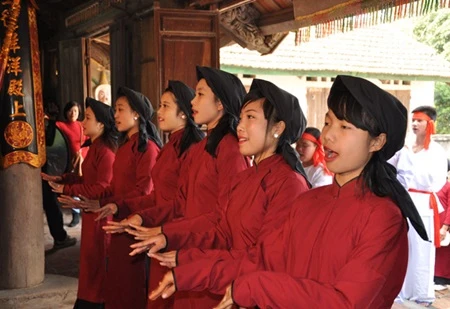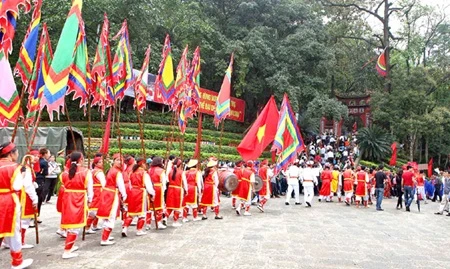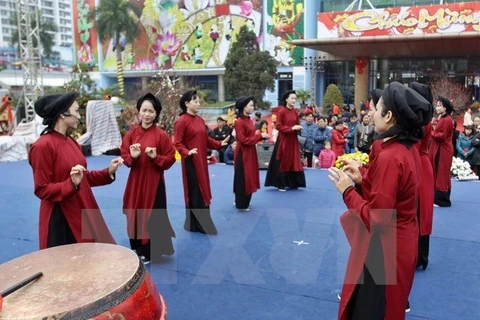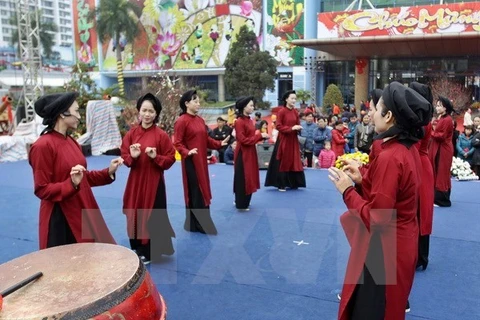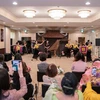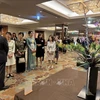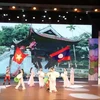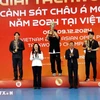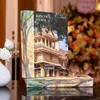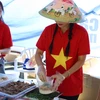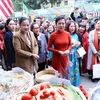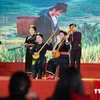Phu Tho (VNA) – “Hat Xoan” (Xoan singing), a celebrated art form in Vietnam’s northern province of Phu Tho, has been revived after its recognition as an intangible cultural heritage in need of urgent safeguarding by UNESCO.
The provincial People’s Committee coordinated with the Vietnam Cultural Heritage Association’s center for studying and promoting cultural heritage over the past four years to complete a report on the practice of xoan singing.
Vietnam has submitted a dossier asking UNESCO’s Intergovernmental Committee for the Safeguarding of the Intangible Cultural Heritage to remove the traditional singing from its list of practices in urgent need of preservation.
A number of relic sites connected to xoan singing, such as Lai Len Shrine, Thet Temple , and Kim Doi Village in Kim Duc commune – and An Thai Temple in Phuong Lau commune – have been restored, upgraded and put into use.
The ancient art form has also been introduced in 80 out of the 90 schools across Viet Tri.
The Prime Minister approved a project to preserve and promote the intangible cultural values of “hat xoan” between 2013 and 2015, with a vision towards 2020, in November 2013.
One of the crucial tasks is reviving hat xoan in combination with the worshipping rituals of Hung Kings – which was already recognised as a UNESCO Intangible Cultural Heritage of Humanity in 2012.
The provincial People’s Committee has also enacted numerous measures to that end, including the embellishment of the original xoan relic sites.
People’s Committee Vice Chairman Ha Ke San said authorities have encouraged the community’s engagement in the field and supported old artisans as they pass their singing skills on to younger generations, in a bid to increase the number of xoan singers and listeners.
Xoan singing is believed to have been developed during the reign of the Hung Kings (2890 to 250 BC).
Traditionally, singers from Xoan guilds performed songs in sacred spaces, such as temples, shrines and communal houses during spring festivals.
There are three kinds of Xoan singing: songs of worship for Hung Kings and village guardian spirits; ritual songs for abundant crops, health and good luck; and festival songs, with villagers alternating male and female verses in a form of courtship. The singing is accompanied by dancing and musical instruments like clappers and drums.-VNA


